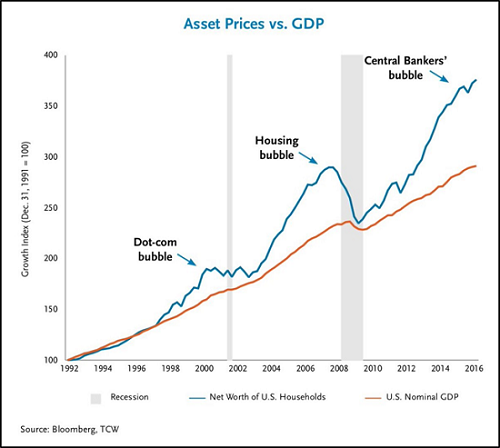Three Bubbles/Strikes and You’re Out
Those betting on a fourth bubble of even greater extremes will find their time at bat has come to an end.
The conventional investment wisdom holds that central banks will never let markets decline. This is an interesting belief, given that two previous asset bubbles based on central bank “easy money” both imploded, impoverishing believers in central bank omnipotence.

So perhaps we can say that the conventional investment wisdom holds that any asset bubble that bursts will quickly be reflated into an even more extreme asset bubble. That’s certainly been the history of the past 17 years.
But there’s a case to be made that bubbles are like strikes, and you only get three. A recent article, Deutsche: “We Are Almost At The Point Beyond Which There Will Be No More Bubbles”, made a nuanced case for “3 bubbles and you’re out” based on volatility and other inputs.
I propose a much simpler case for “3 bubbles and you’re out”:
1. Every policy yields diminishing returns as the positive results follow an S-curve.
2. What every trader knows no longer has any predictive power.
3. Policy extremes have become normalized, leaving central banks with unintended and unpredictable consequences should they push even more extreme policies in the next bubble burst.
Radical new central bank policies work wonders in the initial boost phase (see diagram below) because the sums being deployed are so large and the policy is so extreme: quantitative easing / purchase of assets by central banks, for example: never before have central banks conjured trillions of dollars, yuan, yen and euros out of thin air and used this new currency to buy bonds, stocks and debt instruments in vast quantities for eight years running.
…click on the above link to read the rest of the article…